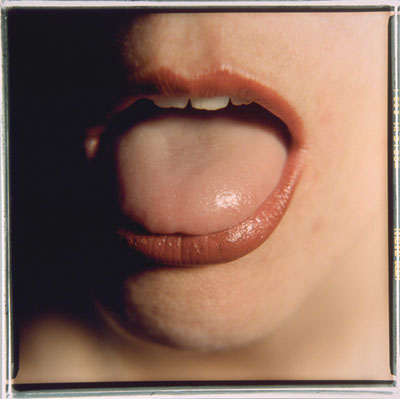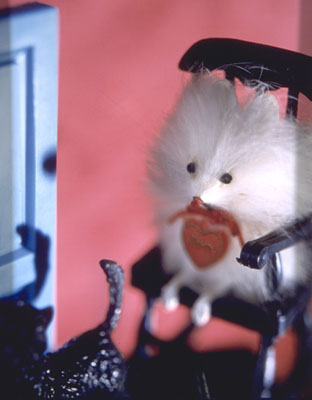Review: “8 x 2: Curators Pick Artists”
Michael Fallon reviews a doubly-curated photography show at the Minnesota Center for Photography (formerly pARTs)--Mark Wojahn picked 8 curators, who in turn picked 16 artists to create this show.


The new exhibition “8 x 2” at the newly renamed Minnesota Center for Photography (formerly pARTs) is nearly impossible to address critically. With eight curators each picking two artists (as per the title), and the work of each artist vying for our attention independent of every other artist’s work, there’s just too much going on at one time to make a cogent statement about the show. That said, there are some more general points of interest that struck me as I examined the show recently, and as I listened to a roundtable discussion last Wednesday night (January 8) involving six of the eight curators and their coordinator, (MCP advisory board member) Mark Wojahn. The fact that the show raised such issues is a sign of good thought-provoking qualities beyond its visual tangle.
The concept of the show is simple enough. Wojahn gathered together eight curators, all women, to mount a photography show. His stated goals, which were quickly rejected by the group, were to examine the role of women curators in the local arts community. Apparently this goal did not appeal to the group; this was a good thing and a bad thing. It was good because it suggests we may have finally moved beyond mounting exhibitions merely on proscriptive themes of feminism and gender, but bad because the show was effectively left without a central thesis. It has no focal point for the viewer to use as a lens for what he or she is seeing. Instead, the curators resorted to their own tastes and biases to mount eight competing mini-exhibitions, replete with wall text describing reasons for the choices.
The resulting show then comes across a bit like an all-star game (or if you prefer a metaphor from music rather than sports, a greatest hits record). It’s a mish-mash of styles, concepts, dimensions, colors, and world views. To be sure, even in the confusion there are sparkling moments for the highlight film. I particularly was struck by the choices of Clea Felien, a local artist and critic who curates at the Tinkle Gallery (in the women’s bathroom at the Turf Club in Saint Paul). BernadetteTomko’s manic still-life photos of kitschy toys, stuffed birds, and background colors of pink and pastel evoked skewed memories of childhood, and Dafna Shalom’s in-the-aftermath kitchen sink scenes of food-spattered plates and glasses of amber liquid have a kind of strange and poignant eloquence. Also worth checking out are the edgy closeups of faces and stained Band-aids by Xavier Tavera (chosen by Jennifer Jenkins), and the ruminative studies of partially nude women in empty spaces by Arno Nollen (chosen by Peggy Ryan).
But overall, the quality of play here is, as in an all-star game, quite low, lacking the kind of cohesion and teamwork that wins championships. In fact, the whole mess is dominated by, if anything, individual pitching. I use the term purposefully, as the curators here are doing just that– “pitching” their favorite artists our way as if to see if we will swing. Or as Jen Murphy said of her methodology during the Roundtable: “As a curator I tended to draw from people I knew and who they knew… The two artists I chose (for “8 x 2″) were just people around me.” Another curator used the term “nepotistic” to describe the process of putting together this show.
It was just about then that I had a kind of revelation. Over and over, the curators returned to the word “community” during the roundtable to voice their sense of greater artistic responsibilities–as in: “I started curating because I really wanted to get involved in the community.” But I found myself wondering, after viewing this show, whether the smattering of local artists and arts advocates (curators and critics and the like) really is anything like a community. After all, with these curators advocating the work of their friends and acquaintances, and then mounting the resulting sprawl for their friends to see and puzzle over, one is left more with a sense that the “community” is a collection of small islands unto themselves. Not that this is necessarily a bad thing; just that it is a truth we should probably admit before we go on to other things.
The Minnesota Center for Photography is at 711 W. Lake Street (near Lyndale). This show runs through Jan. 19. Call 612-824-5500 for hours and information.